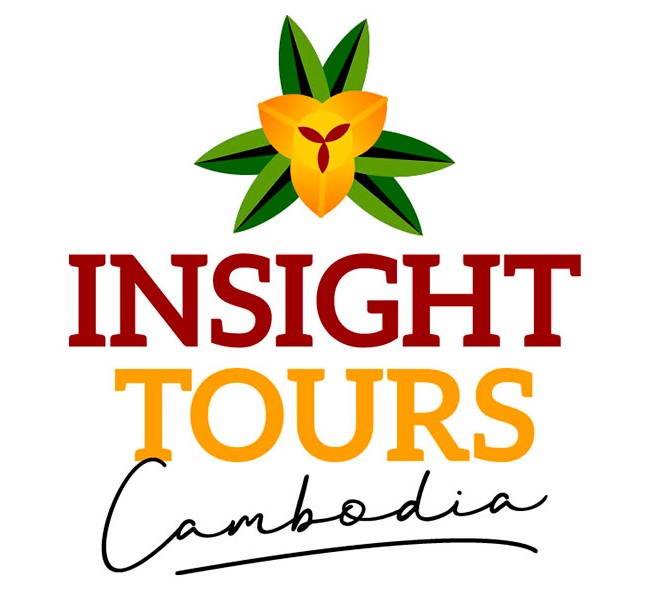There's a Ceremony for That
Here in Cambodia, hardly a day goes by without the warbling notes of chanting and song floating through the humid air to reach my apartment. I can recognize the groovy beats of wedding music, interspersed with what seem to be witty DJ interjections, succeeding to varying degrees according to the laughter. The calm chant of the monks during morning rounds of alms, waiting patiently outside doorways in the chance an occupant wants to receive some good karma and make a donation before the monks move on down the block. The Golden Voice of Sinn Sisamouth blending with the exuberant and mostly in-key karaoke of a housewarming or casual sing-along.
The ceremony that surprises me every time, however, is the ceremony surrounding cremation of a dead body. The music is haunting, and even though I don’t know the words, the gripping melody runs through my head for the whole day. The smoky incense sits low in the streets, billowing from the temple complex and mingling with motorbikes and foot traffic.
I grew up not knowing much about death, not having a relationship with it. I was lucky; my first open casket funeral was when I was in college, and I never saw a serious accident or scene of death until I was living abroad as an adult of sorts. So this close relationship to death, this celebration of it and exposure of even babies and children to the cremation process, seems foreign to me. There is so much ritual surrounding the ceremony— from the clothes the mourners wear, to the order of the procession, to the various intimate steps performed before cremation begins: washing the face of the dead person with coconut water; placing coins over their eyes; wrapping the body in linen and constructing the elaborate funeral pyre.
Yet, the ritual created around death also seems to create a lot of space for life. Communities and families split apart by distance reunite over the ceremony. The popped rice sprinkled one the ground reminds the family of the cycle of life, that the dead person will become fertilizer for the earth and their molecules taken up by other living things, as the cycle of life continues. Sometimes, a dead person is reincarnated as a young family member, someone with the same birthmark, same zodiac sign, and an uncanny knowledge of things they shouldn’t yet know. Death is surely difficult in any culture, yet through the Buddhist cremation ceremony, the memory of the dead live on and continue to create connection in the community after they are gone.
Want more information on Buddhist ceremonies and funeral practices? Head to our podcast, Insight Cambodia, on Apple Podcasts or anywhere you can find podcasts. And visit our Instagram for photos of a beautiful funeral celebration.
